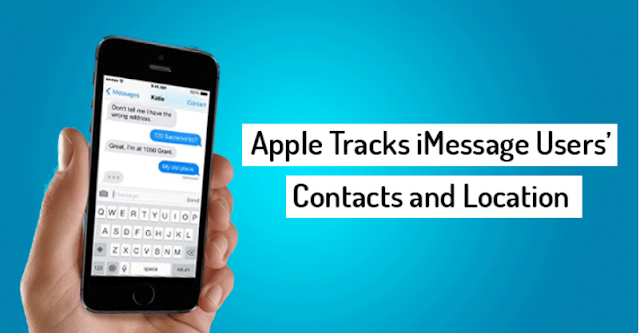BlackBerry thought that adopting Android would give it a slight chance to return to profitability. As it turned out, it took its last breath today.
BlackBerry, formerly world’s largest smartphone company, is putting a stop to its in-house production and designing of smartphones. It will instead outsource both and license its name to companies in markets overseas, including Indonesia and China where the company is still big.
As it currently stands, it looks like the end-of-the-line for another of industry’s former stalwarts, as it is not quite known when phones under such agreements will arrive.
The focus has shifted from hardware to software, which is expecting a growth of 30-percent despite an overall loss of $372 million.
“Our new Mobility Solutions strategy is showing signs of momentum,” said John S. Chen, BlackBerry CEO, “including our first major device software licensing agreement with a telecom joint venture in Indonesia. Under this strategy, we are focusing on software development, including security and applications.”
“The company plans to end all internal hardware development and will outsource that function to partners. This allows us to reduce capital requirements and enhance return on invested capital.”
When such licensed phones arrive, it won’t be a surprise as BlackBerry’s latest phone, the DTEK50, does the same. With BlackBerry’s name slapped on an Alcatel Idol 4’s body, it is likely a trail-blazer.
We can’t say the signs weren’t there. BlackBerry’s share took a dive since the iPhone released, mainly due to the company’s inability to keep up with the touchscreen trend for years.
The executives gave a target of 3 million phones in sales for the company to stay in the market. With a share of 0.1-percent despite the ever-present loyalists, BlackBerry barely sold 400,000 units, which proved the last nail in the coffin.








